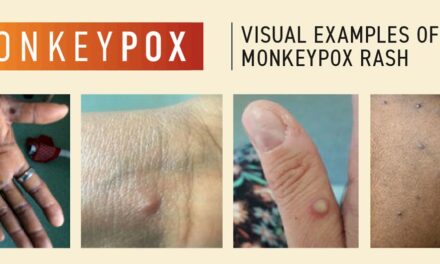[Washington] – Scientists are calling on the U.S. Centers for Disease Control and Prevention (CDC) to release data regarding the risks of bird flu to humans and pets after a brief and unexplained online posting of the information was quickly deleted.
The data table, which was the only mention of bird flu in a report primarily focused on air quality and California wildfires, was not included in an embargoed version of the CDC’s Morbidity and Mortality Weekly Report (MMWR) shared with news organizations a day earlier. The disappearance of the data has raised concerns about transparency and public health preparedness.
According to a copy of the deleted table obtained by The New York Times, a cat infected with the H5N1 virus may have transmitted the disease to another cat and a human within the same household. In a separate case, an infected dairy worker developed symptoms, and two days later, a cat in proximity fell ill and died the following day.
Dr. Jennifer Nuzzo, director of the Pandemic Center at Brown University, voiced concerns over the CDC’s handling of the information. “If there is new evidence about H5N1 that is being held up for political purposes, that is completely at odds with the government’s responsibility to protect the American people,” she said, urging the CDC to release the full data along with relevant context for scientific review.
To date, the CDC has confirmed 67 human cases of H5N1 infection in the U.S., including one fatality in Louisiana. While the virus has not yet demonstrated easy human-to-human transmission, the rise in infections among domestic animals has raised alarms. Since 2022, at least 85 domestic cats have been infected, according to the U.S. Department of Agriculture (USDA).
Until recently, no cases of cat-to-human transmission had been documented. However, reports indicate that cases in domestic cats have been increasing, particularly as the virus spreads through dairy farms. Some infections have also been linked to contaminated raw pet food and raw milk.
Dr. Diego Diel, a veterinarian and virologist at Cornell University, stressed the importance of further investigation. “Given the number of cats in the U.S. and their close contact with people, there is definitely a need to understand the potential risk,” he told The Times.
The evolving nature of H5N1 is of concern as new strains of the virus have proven capable of infecting mammals, including cows and seals. Such mutations could increase the virus’s ability to spread among humans.
The call for transparency comes amid broader concerns over federal agency communications. A day after taking office, former President Donald Trump issued an executive order restricting public health agencies, including the CDC, the U.S. Food and Drug Administration (FDA), the National Institutes of Health (NIH), and the U.S. Department of Health and Human Services (HHS), from independently communicating with the public. A notice on the CDC website states that it is being modified to align with these executive orders.
As the situation develops, scientists and public health officials continue to press for full disclosure of relevant data to ensure that potential risks are properly assessed and mitigated.
Disclaimer: This article is based on publicly available information and reports from The New York Times and other sources. The CDC has not officially confirmed or denied the details of the deleted data table. Readers are encouraged to follow official public health channels for the most up-to-date information.











